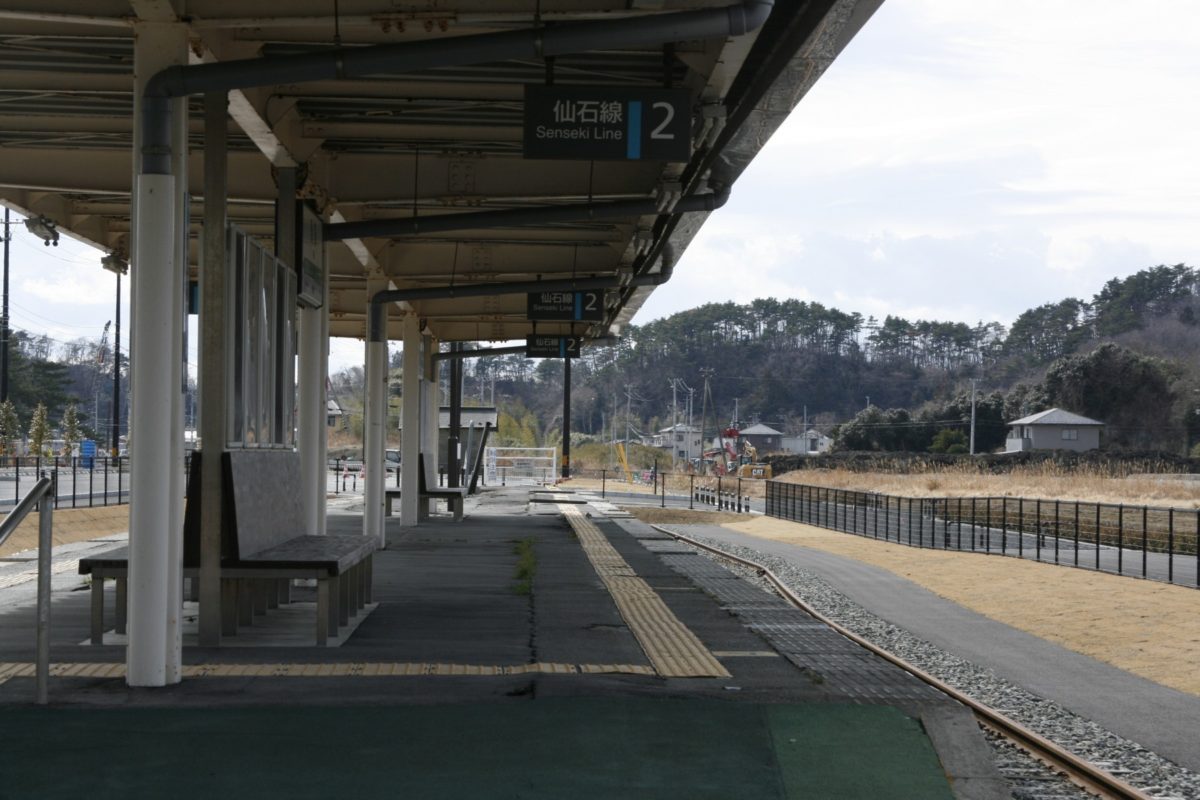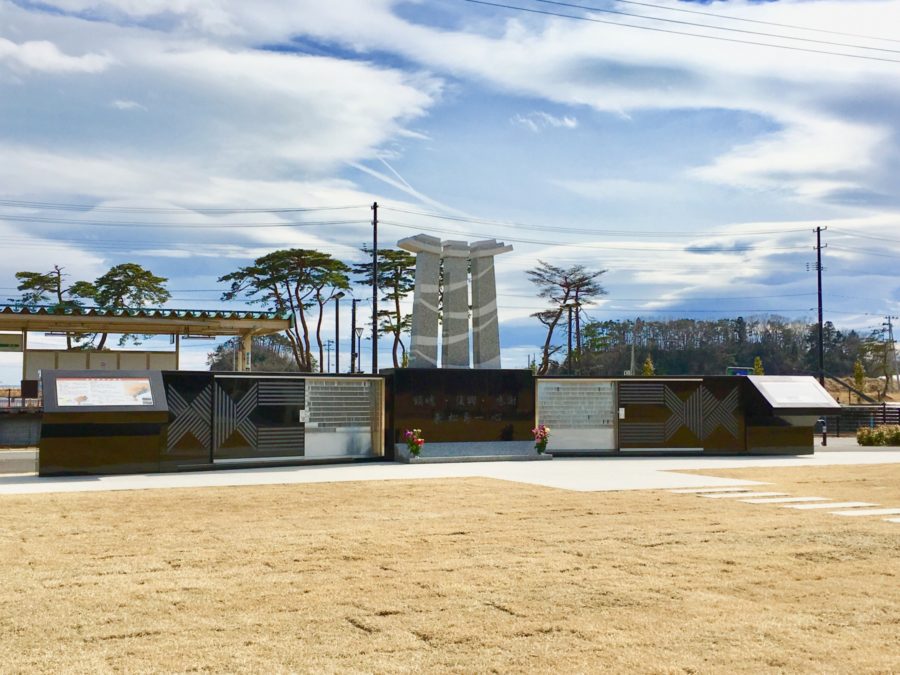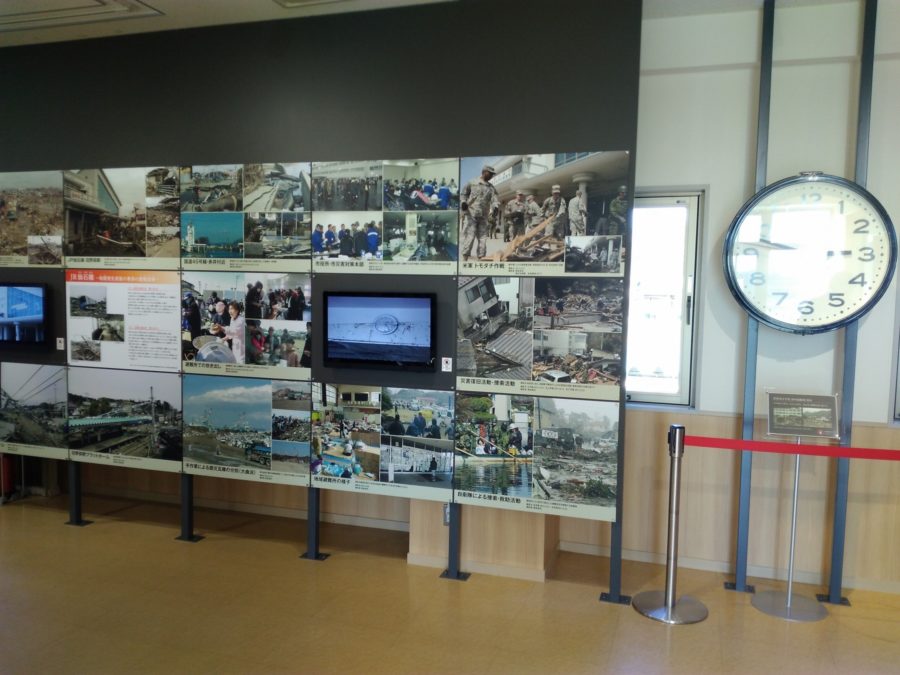Photo by Higashi-Matsushima City

Photo by Higashi-Matsushima City

Photo by Higashi-Matsushima City

Nobiru Station was one among a just handful of structures that remained even partially standing after the 2011 tsunami swept through the Nobiru area. A blue line high up the side of the building marks the height of the tsunami. Part of the former train station has been converted into a museum and community space memorializing the tsunami. The facility commemorates the more than five hundred lives lost, and is a place where survivors can come share their stories. The small museum features a gallery of photographs, video archives of pre-and post-3.11 Higashi-Matsushima, an outdoor memorial park, and artifacts such as a destroyed JR ticket machine.
WEBSITEhttps://www.city.higashimatsushima.miyagi.jp/shisei/shinsaifukko/fukkokinenkoen/fukkodensyokan.html
-
Matsushima Bay
Last Update October 1, 2023




